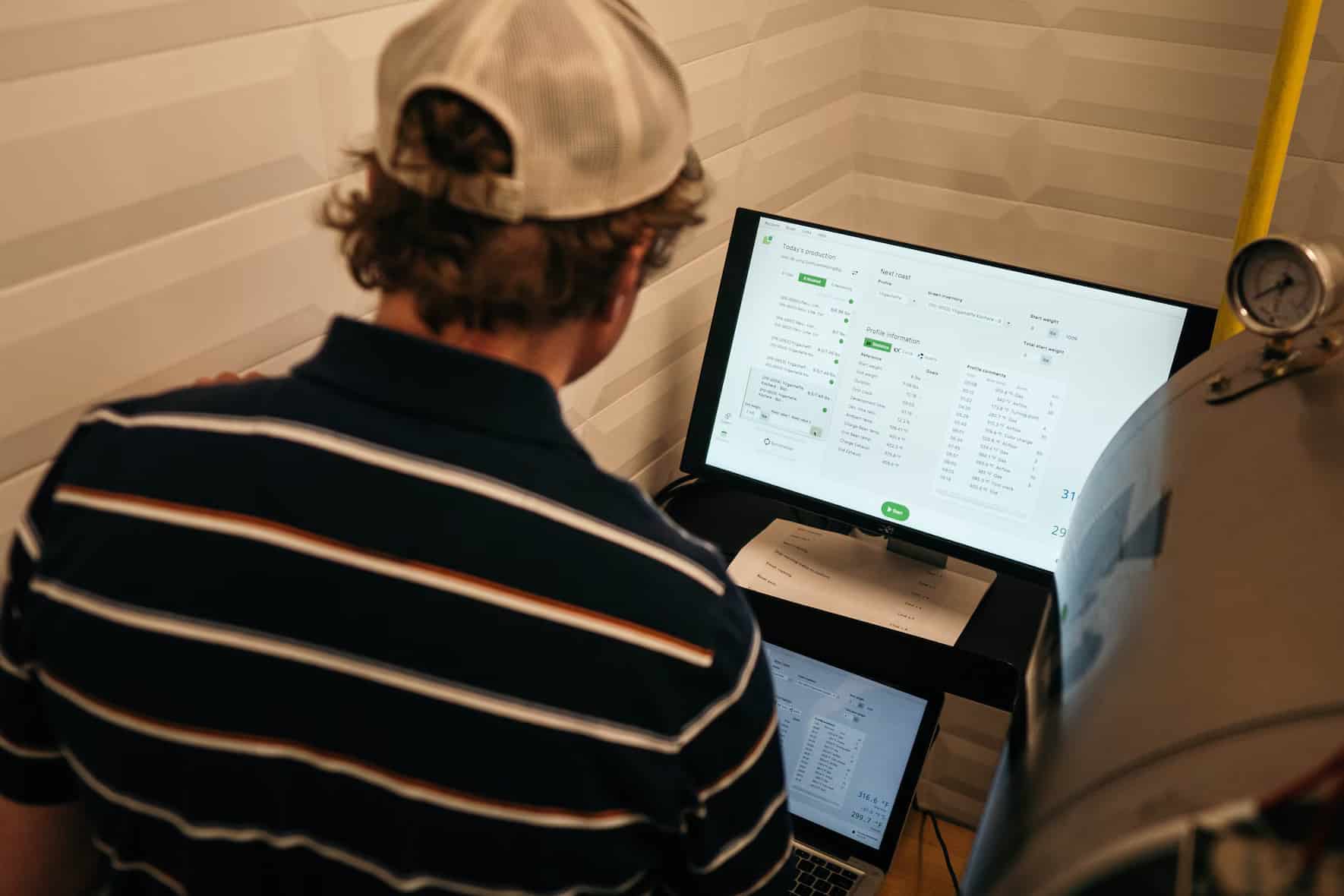Data is at the core of decision-making for startups. It affects what your product or service offers, what you spend your budget on, and can also be a real benefit when it comes to winning media coverage.
While having a significant amount of data is definitely a good start, knowing how to use this data is the real benefit. And although, as a CEO or founder of a VC-backed startup, you may think every piece of data you’ve collected is thrilling, sadly, not all journalists will agree.
By using data to weave a narrative, you’re creating a piece of statistical storytelling. This type of account is ideal for journalists, as the data and numbers explain the importance and relevance of the article to their audience.
But now, the tricky bit. How do you determine if the data you’ve collected is PR worthy?
Here’s a STAT acronym to help you decide. Let’s dive in.
S: Specific (to you)
So the first question to ask is: Is the data specifically yours?
If your data team has used information from external sources or third parties, ask yourself, why should a journalist? Although Picasso did say, ”good artists copy, (but) great artists steal,” when it comes to journalism; unfortunately, this isn’t the case.
Journalists are always vying for exclusive content and want to beat others to the post to release a story first. This means they can’t be churning out old information and data they could find themselves; the data you provide must be an original insight.
T: Time-bound
Just like most things in PR, data is also time-sensitive. And while gathering any kind of data isn’t a quick process, journalists are always looking for new and relevant information to catch their reader’s eye.
That means if it takes years to complete a study, the data may have lost some relevance by the time it’s complete. Take the Broadbalk Experiment, for example. While studying optimal nutrition requirements for fertilizers is necessary to work, the record-breaking length of the study (178 years) now overshadows the study’s findings.
To ensure you’re not wasting time and resources, work with a PR team to analyze quarterly or annual reports/reviews to determine if any data could be a good fit for journalists. This way, you’re data team isn’t required to do any more work, as you can extract valuable insights from the available data—efficiency is key.
A: Audience
Next, the second question you need to ask is: Who is the intended audience for this data? It’s true that this question could be argued a thousand ways, but this is relevant as each publication that a journalist works for will have a different intended audience.
Sharing niche data only relevant to your industry might attract some good attention from specific publications. However, data with a broader context will be more attractive as journalists know it will attract a wider audience. It’s simple maths, you see.
While finding external relevance to the data may sound complicated, speak to your PR team about looking for a common topic, event, or company to compare your data. Therefore, even if it’s niche, you’ll make it more relevant and tempting to journalists.
T: There (to use)
Lastly, you need to make sure the data is actually attainable. As in many VC-backed startups, you’ll often have a mountain of data available, but is that data understandable to a typical reader?
While your data team may be busy collecting, cleaning, and analyzing data, they’ll need to also work with your communication team and PR specialists to provide digestible information that they can weave into an exciting story for journalists to pick up. This point links to the other T in the acronym, as you need a broad audience to understand the data to get widespread coverage.
And just a quick tip, although your analytics team may want to impress with complex code; this tactic doesn’t seem to work on journalists. Whenever you have data you think is ready to use, check internally to see if other team members can easily decipher it; if yes, you’re ready to go.
Wrapping up
By following this simple acronym, your VC-backed startup should have no issue transforming your data for media coverage that’s too good for a journalist to ignore. Let the statistical storytelling begin!
To discover how professional PR can help boost your startup, follow the link for a free PR and marketing assessment.






